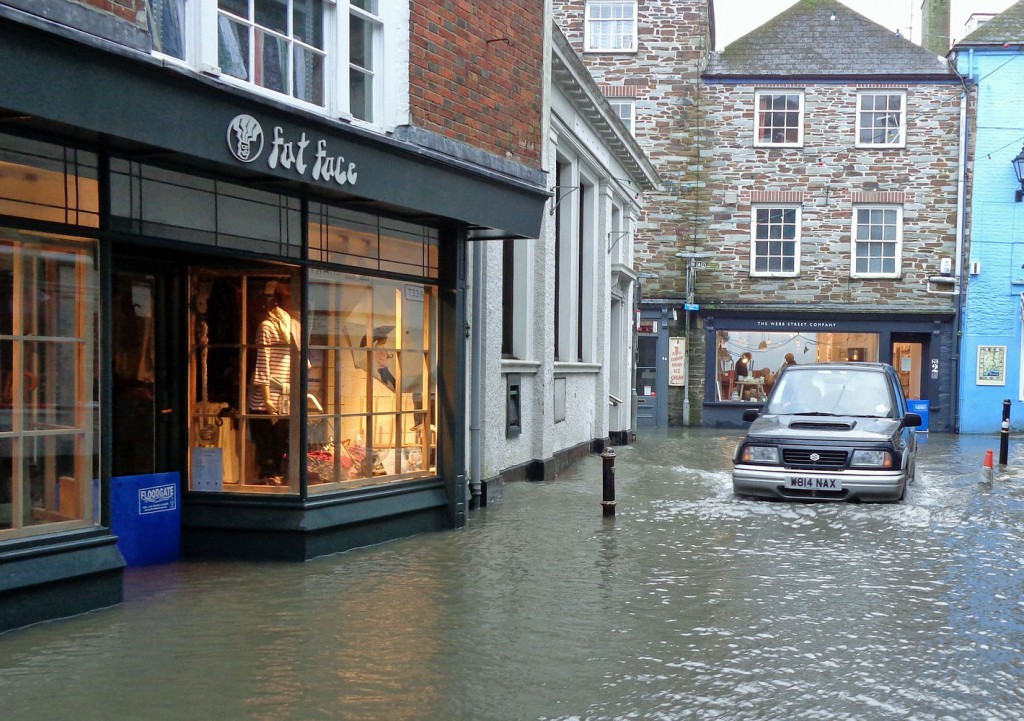Every month we look at a different aspect of the CON29DW and explain why it’s important. This month – sewer flooding.
As a general rule, the areas of the CON29DW that tend to concern most people are around connections and public assets within property boundaries. It’s understandable, as these are seen as the areas that could potentially cause the most disruption to homeowners.
However, there are several other areas where there is potential for a problem to cause serious disruption to a household, not least the area of sewer flooding. This was introduced into the CON29DW as one of the changes brought in by the government for Home Information Packs (HIPs) in 2007. After HIPs were suspended three years later, these changes were retained in the CON29DW as they provided valuable information for homeowners.
Water companies keep records of public sewers and properties which have suffered sewer flooding incidents, or are at risk of doing so.

Sewers are recorded on a register if the flow from a storm is unable to pass through the sewer due to a permanent problem, such as the sewer being too small, or at the wrong gradient. They’re not placed on the register if the problem is temporary, like a blockage or a collapsed sewer. This register changes regularly as water companies work constantly to upgrade inadequate sewers. Likewise, sewers are regularly added to the register as new properties connect to the network, increasing demand on the system.
With buildings, water companies classify them as at risk from internal flooding if water from an overloaded sewer enters them (or passes beneath if the floor is suspended) either once or twice within a ten-year period. Flooding from extreme events, such as a one in 100-year storms is not included, as water companies don’t class these events as likely to reoccur.
One recent problem for water companies is the private sewer transfer, which took place in 2011 and saw the majority of private sewers in England and Wales transfer into public ownership. A significant number of these were not constructed to water company standards. Furthermore, as they were formerly private, water companies were unaware whether they were at risk of flooding. They’re being added to the register as flooding incidents occur. Several years on from the transfer, they’re now able to assess the risk from many of these sewers, but new at-risk sewers are still coming to light.
Flooding from overloaded public sewers is the responsibility of water companies, and they do pay compensation to affected homeowners.
Should a CON29DW reveal that a property is at risk of internal flooding, we’ll include a report detailing further information, including any steps Severn Trent are undertaking to rectify the problem.
You can read more about sewer flooding on Severn Trent Water’s website.
